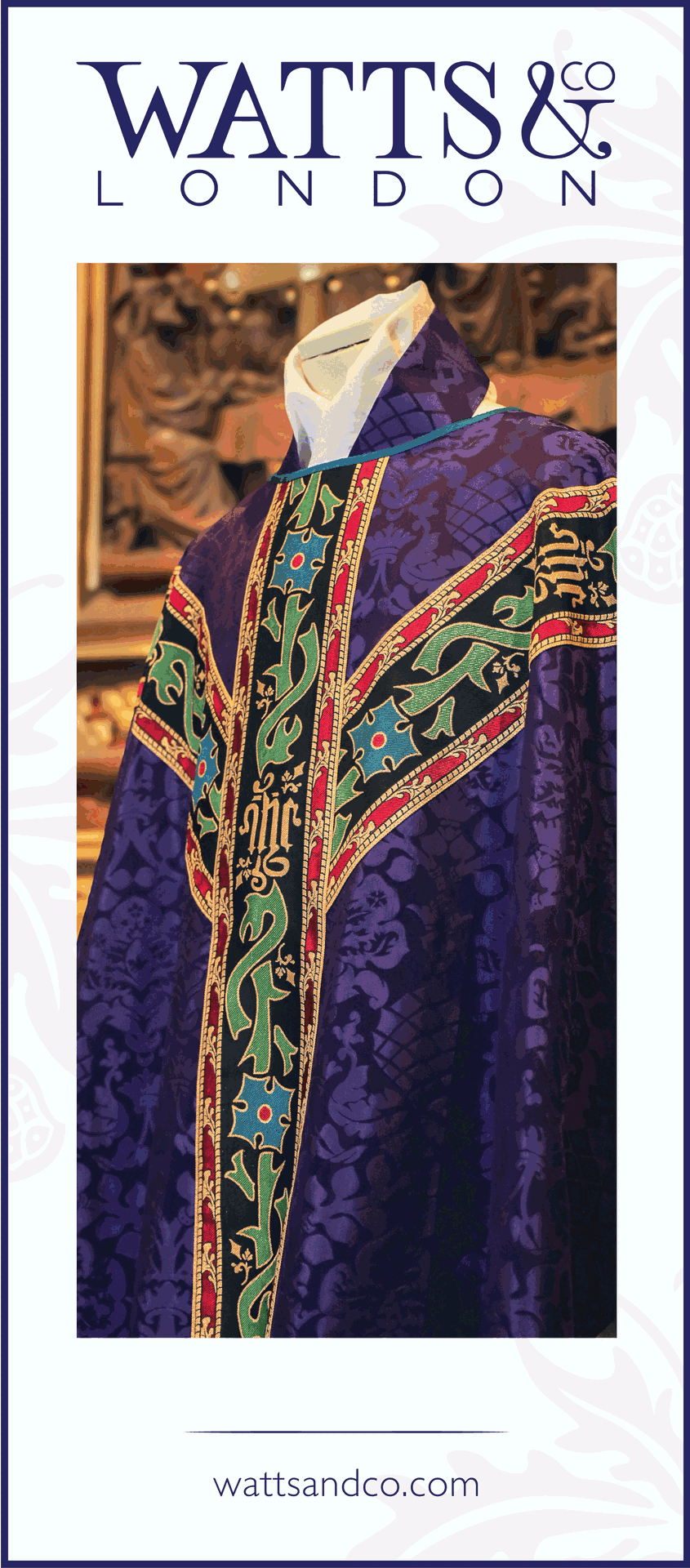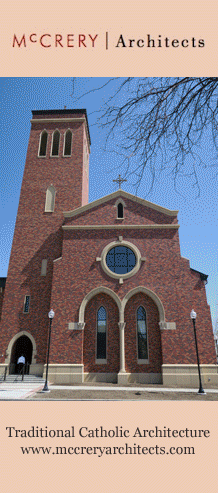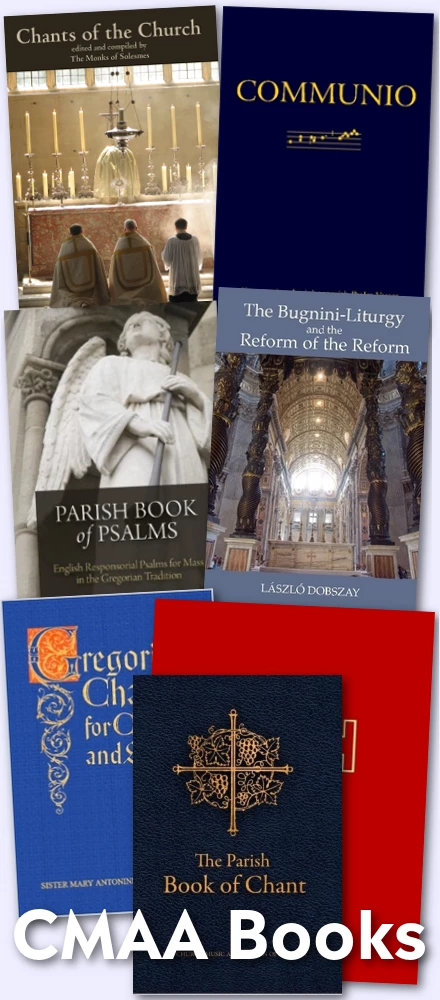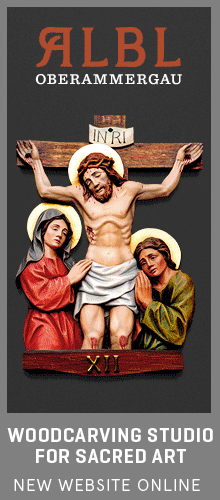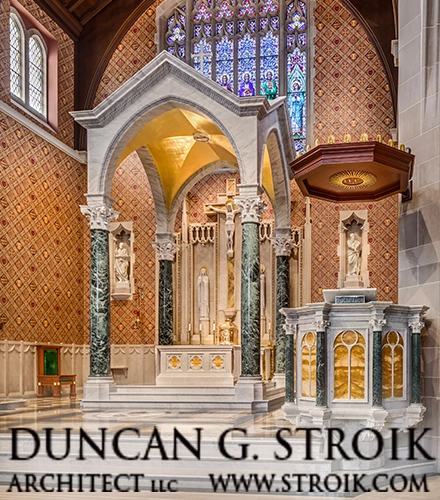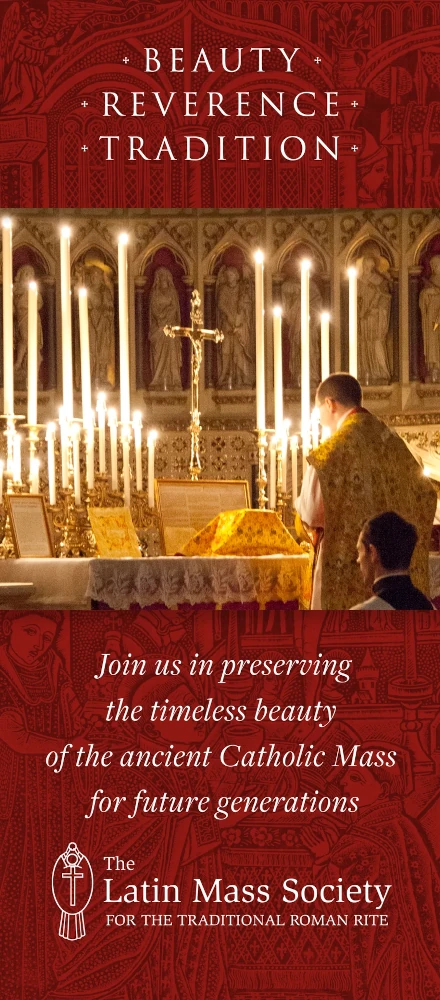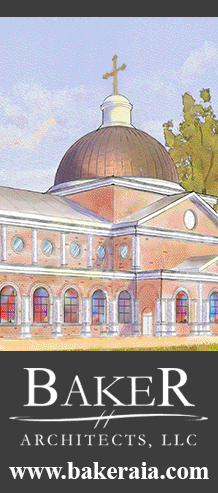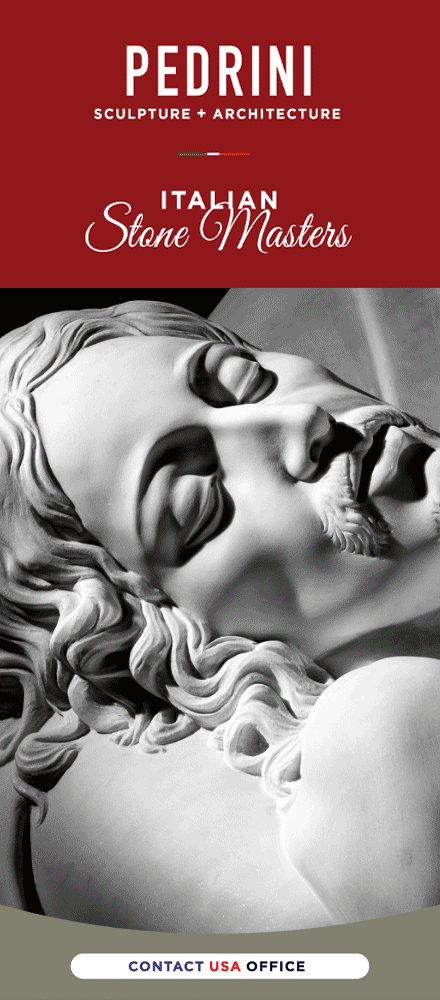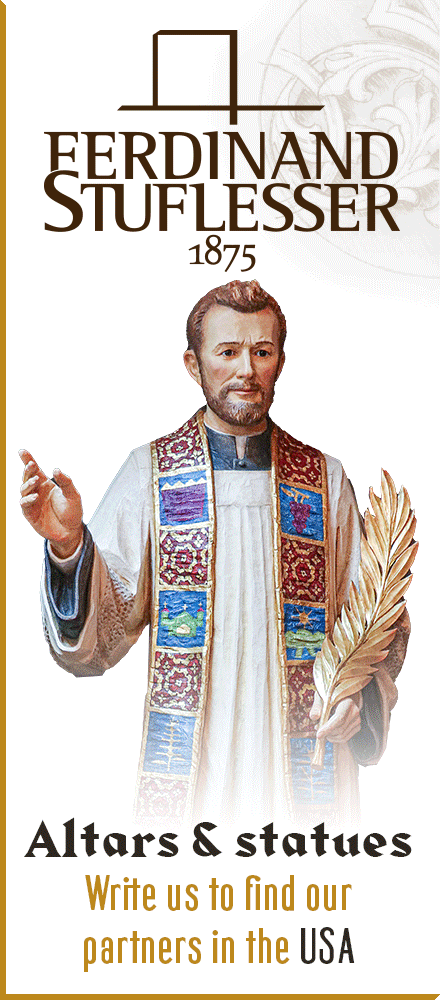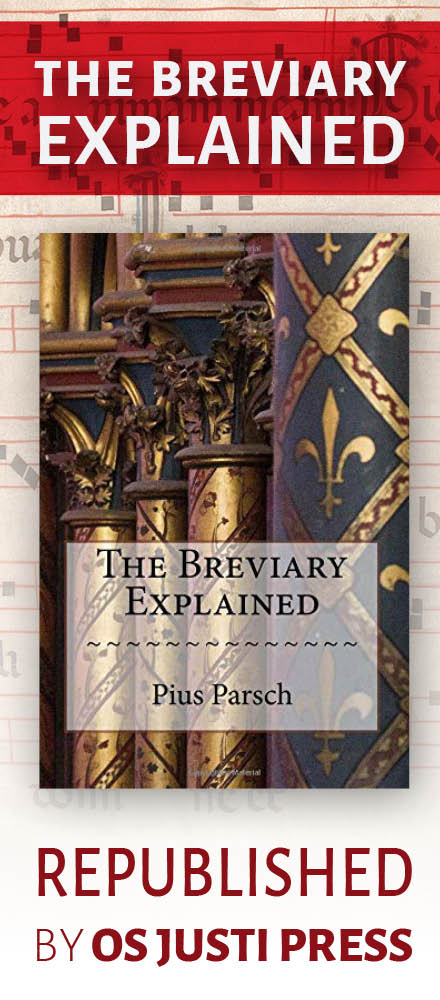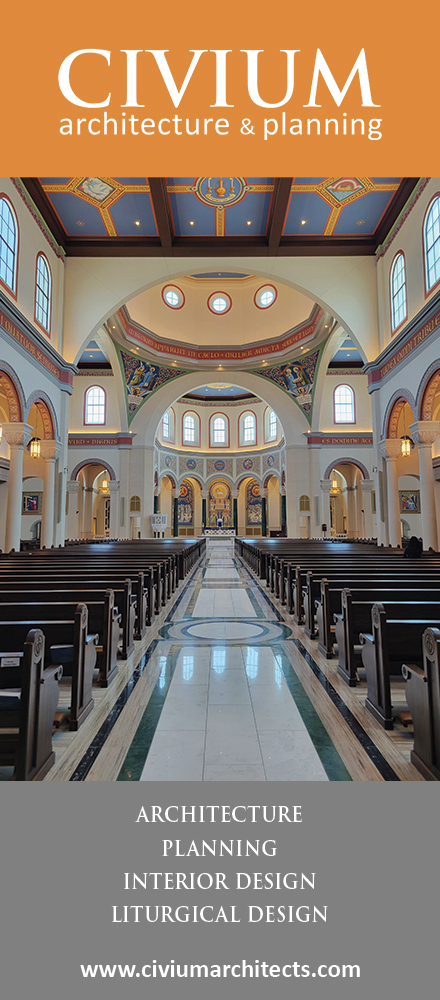THIS POST WAS ORIGINALLY POSTED AT CONTEMPLATA ALIIS TRADERE:
 Last week, the Church and the Order of Preachers rejoiced in the commemoration of Bl Fra Angelico, whose preaching was not exercised in word but by the brush, as he made visible for our contemplation the fruit of his contemplation of the true, the good and the beautiful. We often speak of God in terms of His goodness and His truth, but seldom do we engage in a theological aesthetic, finding God in Beauty, hence the particularity of Von Balthasar's theological project. I have touched upon aspects of Beauty and theology in this blog and I refer you to those posts for that is not my concern today. Rather, I would like to reflect on the need for Beauty in the Church which can, in turn, have such a profound effect on the world and our lives, as Beato Angelico's art did.
Last week, the Church and the Order of Preachers rejoiced in the commemoration of Bl Fra Angelico, whose preaching was not exercised in word but by the brush, as he made visible for our contemplation the fruit of his contemplation of the true, the good and the beautiful. We often speak of God in terms of His goodness and His truth, but seldom do we engage in a theological aesthetic, finding God in Beauty, hence the particularity of Von Balthasar's theological project. I have touched upon aspects of Beauty and theology in this blog and I refer you to those posts for that is not my concern today. Rather, I would like to reflect on the need for Beauty in the Church which can, in turn, have such a profound effect on the world and our lives, as Beato Angelico's art did.What can one say is special about Fra Angelico's art (above left, the Coronation of the Virgin) that gives it a religious, sacred quality? Pope Pius XII, speaking at the opening of an exhibition of paintings of Fra Angelico at the Vatican on 20 April 1955, explains:
"To encourage souls to pursue [holiness], Fra Angelico highlights not so much the effort of achieving virtue, as the bliss that comes from possessing virtue and the nobility of those adorned by virtue. The world of Fra Angelico's paintings is indeed the ideal world, radiant with the aura of peace, holiness, harmony and joy. Its reality lies in the future when ultimate justice will triumph over a new earth and new heavens. Yet this gentle and blessed world can even now come to life in the recesses of human souls, and it is to them he offers it, inviting them to enter in. It is this invitation which seems to us to be the message that Fra Angelico entrusts to his art, confident that it will thus be effectively spread.
It is true that an explicit religious or ethical dimension is not demanded of art as art. If, as the aesthetic expression of the human spirit, art reflects that spirit in total truthfulness or at least does not positively distort it, art is then in itself sacred and religious, that is, in so far as it is the interpreter of a work of God. But if its content and aim are such as Fra Angelico gave his painting, then art rises to the dignity almost of a minister of God, reflecting a greater number of prefections."
This is an extraordinary pronouncement because it accords to truly sacred art such a sublime potential and I would suggest that this refers not just to visual art but to music as well. Indeed, the Second Vatican Council pronounced that, "The musical tradition of the universal Church is a treasure of inestimable value, greater even than that of any other art" (Sacrosanctum Concilium, 112). Music has long been used in the service of the Liturgy, being instrinsically linked to the sacred texts of the Mass and Divine Office. When music and art in the Liturgy expresses the Beauty that comes from God alone, there is a raising of hearts and minds to God, to contemplate Him who is Beauty; an invitation to strive for holiness and that world where all is Beautiful. Thus, we ignore Beauty in the Liturgy at the risk of ignoring this vital means of drawing souls to Christ.
Martin Baker, Master of Music at Westminster Cathedral (photographed on the right) has an excellent article in the Tablet this week which reminds us that the Catholic choral tradition, such a key component of Beauty in the Liturgy, is "under threat and must be revitalised". In this article, he draws upon words written by fr Timothy Radcliffe, OP to support his argument and I think it is well worth adding his voice to the call for Beauty in our world:
"Jesus's sign at the Last Supper was beautiful. If it is to speak of hope in the face of death, then it must be re-enacted beautifully. Church teaching is often met with suspicion. Dogma is a bad word in our society. But beauty has its own authority. It speaks our barely articulated hope that there may be some final meaning to our lives. Beauty expresses the hope that the pilgrimage of existence does indeed go somewhere, even when we cannot say where and how. Beauty is not icing on the liturgical cake. It is of its essence"
(What is the Point of Being a Christian?, pp26-27).
Just to comment on the above, fr Timothy is absolutely right to say that Beauty is of the essence of Liturgy. This means that ugliness and banality in our Liturgy robs it of its essence and actually diminishes it. One may even ask: if Liturgy has lost its essence, if it is not beautiful, how much less efficiently does it fulfill its main purpose, which is the glorification of God and the sanctification of His People? Perhaps this is why many have lost interest in the Liturgy: because its contemporary celebration does not inspire, enthuse and fill with hope, because it is not beautiful and thus does not speak to the soul which thirsts for Beauty, for God. Is it not surprising then that people look elsewhere to slake this thirst? But of course, they find no actual satisfaction, for only Christ, the Fount of Life, the Living Bread, can fulfill our deepest desires and longings.
Moreover, fr Timothy suggests that Beauty in our Liturgy expresses our hope of a beautiful world to come, just as Pope Pius XII said that Fra Angelico's beautiful art was a reflection of the reality of the world to come, which was revealed to him in prayer and holiness of life. Hence, Michelangelo said of Beato Angelico: "One has to believe that this holy friar has been allowed to visit paradise and been allowed to choose his models there..." This suggests that the current drought of beauty in the Liturgy may be the result of what the Dominican Cardinal, Christoph Schonborn, calls "eschatological amnesia." Certainly, history informs us that when there was a great hope in the life to come, as in medieval Europe, the Church raised up great and beautful Gothic edifices and performed a beautiful Liturgy that pointed to the Heavenly Jerusalem, the consummation of a Christian hope that was being expressed so eloquently in beautiful sacred art.
Returning to Fra' Timothy Radcliffe, he continues:
"C. S. Lewis wrote that beauty rouses up the desire for 'our own far off country', the home for which we long and have never seen... Beauty gives us a whiff of the Kingdom. George Steiner, in 'Real Presences', proposes that artistic creation is the nearest we can get to a sense of God's creativity... A beautiful work of art evokes that first 'Fiat' when God said, 'Let there be light'...
Often what we are offered at the Eucharist does not have the beauty that can speak of transcendent hope... If the Church is to offer hope to the young, then we need a vast revival of beauty in our churches. Most renewals of Christianity have gone with a new aesthetic, whether with plainsong in the Middle Ages, with Baroque music after the Council of Trent, or with Wesley's Methodist hymns in the late eighteenth century..."
(ibid., pp 27-28).
Fr Radcliffe is surely right to call for a renewal of Beauty in our Church and in our Liturgy for beauty testifies to God and our Christian hope continually. Fra Angelico's art, the music of Palestrina and a beautiful church like Westminster Cathedral (on left) still speak to us today, as eloquent a 'sermon' as ever, preaching the Beauty of God who alone satisfies us and pointing to the world to come where the virtuous are united with God forever. Beautiful art have a freshness and immediacy that go beyond what is written on a page, endures where memory of a spoken homily fades and makes God accessible to all people, whatever their race, language or creed.
Therefore, Vatican II teaches: "These arts, by their very nature, are oriented toward the infinite beauty of God which they attempt in some way to portray by the work of human hands; they achieve their purpose of redounding to God's praise and glory in proportion as they are directed the more exclusively to the single aim of turning men's minds devoutly toward God" (SC 122).
And that - turning the hearts and minds of people to God - is precisely what the Church needs to do in a world already marred by the ugliness of sin, violence and hatred. The Church, through her Sacred Liturgy, must apply the balm of Beauty to our wounded world, so as to form in us the beauty of holiness.
May Our Blessed Lady, the Beautiful Mother of God and Blessed Fra' Angelico aid us with their prayers in this regard. Amen.

